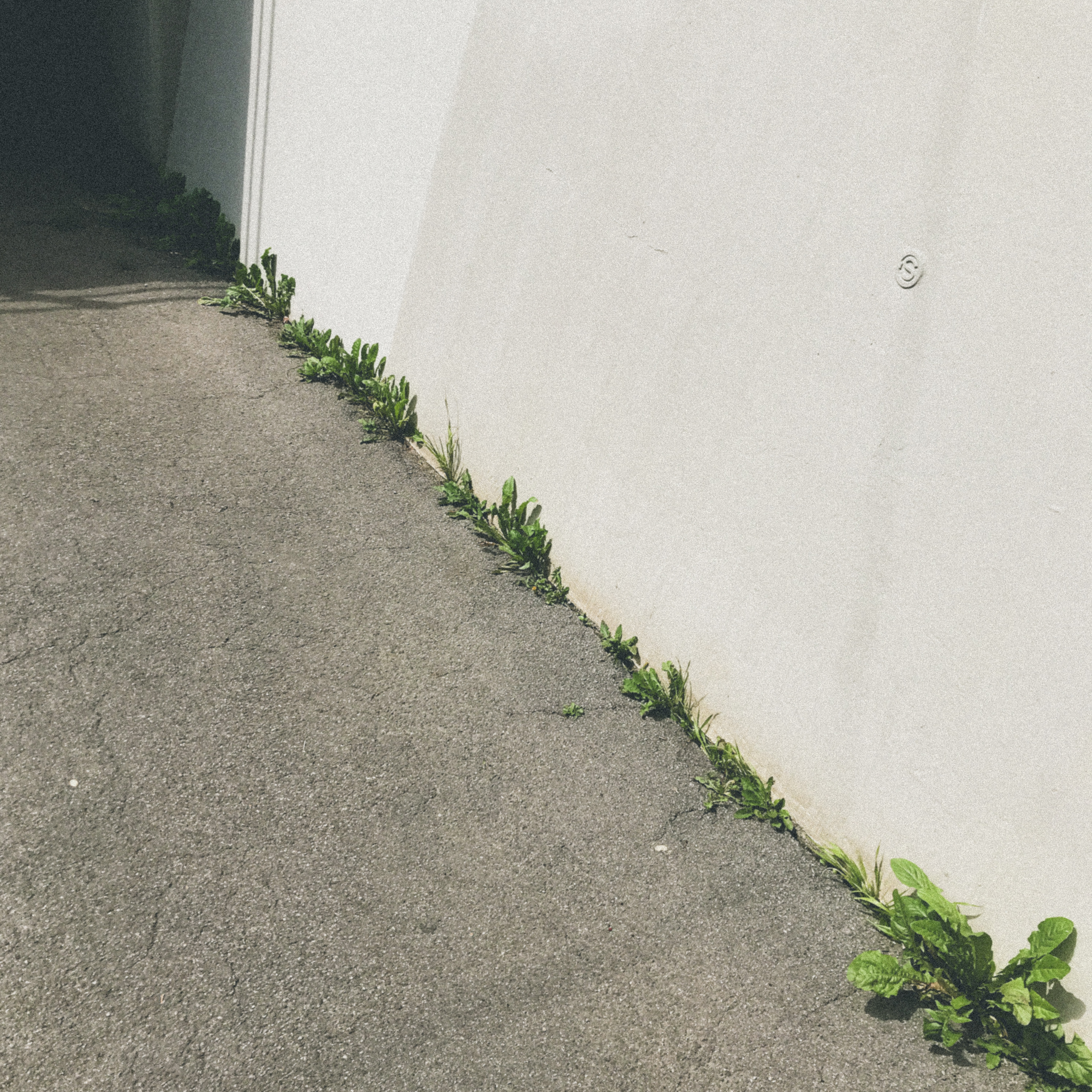






The experimental unit Urban Landscapes first took place during July 2022 in the context of the Architectural Association Summer School. The AA Summer School 2022: About a New Togetherness offered a format for connection and contact in a (seemingly) post-pandemic moment, asking: how can architects, designers and researchers act together with communities and other disciplines, redefining the role of architectural practice?
As a first university-level teaching experience, the unit Urban Landscapes became a hybrid testing ground for co-learning, for myself as much as for my students. Here, an assemblage of live and virtual events took place to (in)form individual and collective works over the course of the summer school.
Emma Kaufmann LaDuc is an interdisciplinary architect working within urban and rural territories. Her research seeks to both pluralize and localize spatial practice, thinking through resilient systems and acting through collaborative interventions. Emma is research assistant at the ETH Zurich under the Chair of Affective Architectures and the Chair of Being Alive and head of an experimental unit at the AA Summer School in London, as well as member of the interdisciplinary collective La Rivoluzione delle Seppie.
︎︎︎ Contact
When you move through the city, where do you find « nature » ? From within the built environment, we focus on the materiality of infrastructures, the movement of lifeforms, and how these relate to one another. (They have been here long before us, and will be here long after we’ve left.) We seek out these vibrant sites as the intersection between the human and nonhuman. Here, the Anthropocene is no longer to be handled as an abstract concept, or a series of effects exclusive to landscapes of extraction and exploitation, but as very present in the fabric of the city.
At these sites (a street, a building, an empty lot) we sample and collect, catalogue and map, diagram and draw. We reflect on readings and case studies from across disciplines – environmental, social and political sciences, architecture, landscape and urbanism – to manifest a concept of urban ecologies. And in lieu of thorough documentation, we propose ways to interact through design: an event / a collective / a regulation / an intervention / a story / a choreography / a new togetherness.
(From the brief)
“What is the condition of the earth beneath our cities? How have urban infrastructures influenced
these? What does this look like, and how is it important? [...] Soil is constantly moving, changing in
composition, rich in colour and varying in qualities.
It is situated at the intersection between the atmosphere, the biosphere, the hydrosphere, the lithosphere – these all, in turn, contribute to its continuous formation.”
(From the lecture on anthropogenic soils)
As flows of references and knowledges, six lectures were curated over the course of the summer school. The inaugural lecture on urban ecologies introduced concepts of the feral and livin in the anthropocene. Thinking through geological time and the sudden mixing of soils followed in the lecture on anthropogenic soils. Landscape languages brought together case studies on information and its representation for landscapes of change. The lecture on landscape disturbances reframed ecological regeneration through succession. And as a bookend, a concluding lecture on urban ecologies looked at the early-successional landscapes of cities and their role in recording our cultural history.